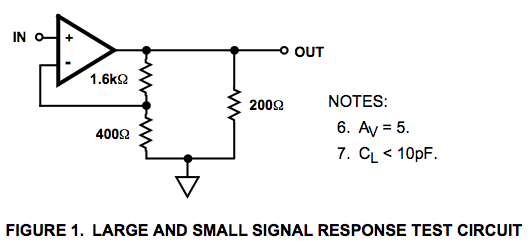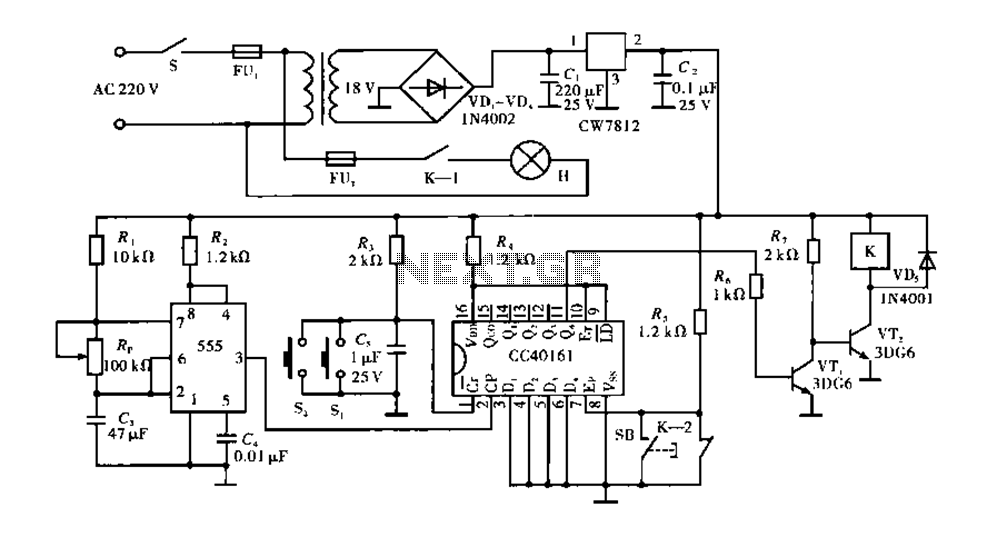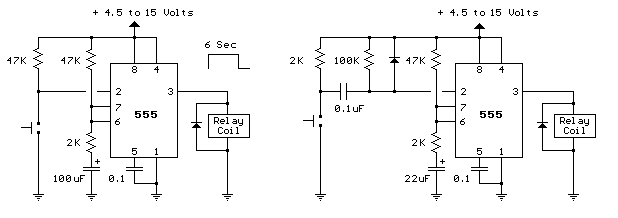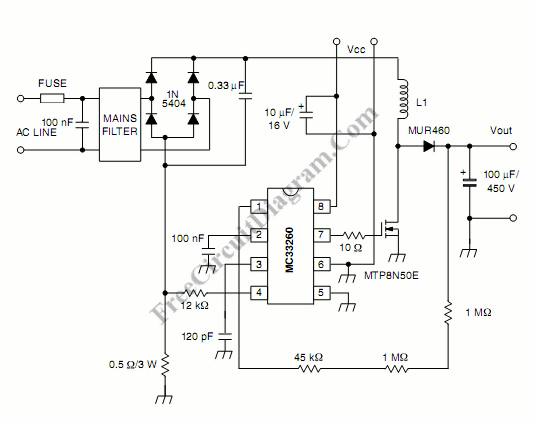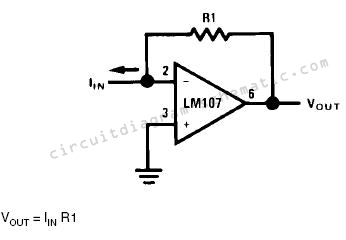
led How should I build this circuit
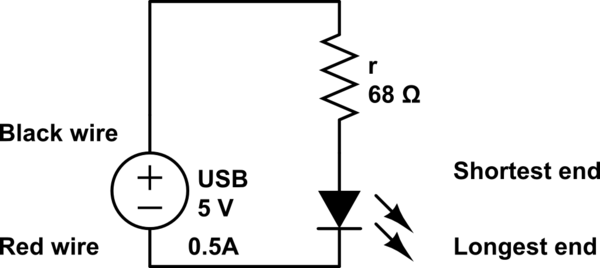
The LED operates at 3V, and based on information available online, a blue LED typically supports a maximum current of 0.03A. Given the available current from the USB source, the intention is to construct a parallel circuit. However, the last formal education on circuits occurred in high school, leading to uncertainty regarding the accuracy of the calculations and schematics.
To construct a parallel circuit utilizing a 3V blue LED with a maximum current rating of 0.03A, the following considerations and components are essential.
The USB power supply typically provides a voltage of 5V. To safely operate the LED, a current-limiting resistor must be included in the circuit to prevent excess current from damaging the LED. The resistor value can be calculated using Ohm's Law and the formula for a series circuit, which is:
\[ R = \frac{V_{supply} - V_{LED}}{I_{LED}} \]
Where:
- \( V_{supply} \) is the supply voltage (5V from USB),
- \( V_{LED} \) is the forward voltage drop of the LED (3V),
- \( I_{LED} \) is the forward current through the LED (0.03A).
Substituting the values:
\[ R = \frac{5V - 3V}{0.03A} = \frac{2V}{0.03A} \approx 66.67 \Omega \]
A standard resistor value of 68 Ohms can be used, as it is a common resistor value and will provide adequate protection for the LED.
In a parallel circuit configuration, multiple LEDs can be connected across the same voltage source, each with its own current-limiting resistor. This ensures that each LED receives the appropriate voltage and current. It is important to calculate the resistor for each LED independently, maintaining the same values as calculated above.
The schematic for this circuit will consist of:
1. A 5V USB power source.
2. Multiple blue LEDs, each rated at 3V and 0.03A.
3. Individual 68 Ohm resistors connected in series with each LED.
4. All LEDs and resistors connected in parallel to the power supply.
This configuration allows for the safe operation of the LEDs while maximizing the available current from the USB source. It is recommended to verify the connections and component ratings before powering the circuit to ensure proper functionality and prevent damage to the components.The LED is 3V, and according "to the internet" (there was no manufactorer info on it) a blue LED usually supports up to 0. 03A. Since I have spare current from the USB I thought I should build a parallel circuit. Now, the last class on circuits I had was on high school, so I don`t know if my calculations and schematics are correct:
🔗 External reference
To construct a parallel circuit utilizing a 3V blue LED with a maximum current rating of 0.03A, the following considerations and components are essential.
The USB power supply typically provides a voltage of 5V. To safely operate the LED, a current-limiting resistor must be included in the circuit to prevent excess current from damaging the LED. The resistor value can be calculated using Ohm's Law and the formula for a series circuit, which is:
\[ R = \frac{V_{supply} - V_{LED}}{I_{LED}} \]
Where:
- \( V_{supply} \) is the supply voltage (5V from USB),
- \( V_{LED} \) is the forward voltage drop of the LED (3V),
- \( I_{LED} \) is the forward current through the LED (0.03A).
Substituting the values:
\[ R = \frac{5V - 3V}{0.03A} = \frac{2V}{0.03A} \approx 66.67 \Omega \]
A standard resistor value of 68 Ohms can be used, as it is a common resistor value and will provide adequate protection for the LED.
In a parallel circuit configuration, multiple LEDs can be connected across the same voltage source, each with its own current-limiting resistor. This ensures that each LED receives the appropriate voltage and current. It is important to calculate the resistor for each LED independently, maintaining the same values as calculated above.
The schematic for this circuit will consist of:
1. A 5V USB power source.
2. Multiple blue LEDs, each rated at 3V and 0.03A.
3. Individual 68 Ohm resistors connected in series with each LED.
4. All LEDs and resistors connected in parallel to the power supply.
This configuration allows for the safe operation of the LEDs while maximizing the available current from the USB source. It is recommended to verify the connections and component ratings before powering the circuit to ensure proper functionality and prevent damage to the components.The LED is 3V, and according "to the internet" (there was no manufactorer info on it) a blue LED usually supports up to 0. 03A. Since I have spare current from the USB I thought I should build a parallel circuit. Now, the last class on circuits I had was on high school, so I don`t know if my calculations and schematics are correct:
🔗 External reference
